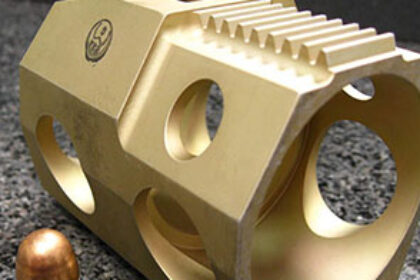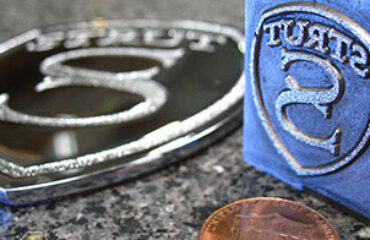
Wire EDM is a popular manufacturing process used to create high-precision parts with complex shapes. However, like any manufacturing process, it has its advantages and disadvantages. In this blog, we will explore some of the key advantages and disadvantages of Wire EDM.
Advantages:
- High Precision: Wire EDM is one of the most precise manufacturing processes available, with the ability to create complex shapes to within a few microns of accuracy.
- Versatility: Wire EDM can be used to cut a wide range of materials, including metals, plastics, ceramics, and composites.
- Minimal Material Waste: Unlike other manufacturing processes, Wire EDM produces very little material waste, as the wire can be reused multiple times.
- Low Heat Affected Zone: Wire EDM produces very little heat during the cutting process, which means that there is minimal risk of heat damage to the workpiece.
Disadvantages:
- Slow Process: Wire EDM is a slow process, with cutting speeds typically much slower than other manufacturing processes.
- Limited Depth: Wire EDM is typically limited in terms of the depth of cut that it can achieve, which may be a disadvantage for some applications.
Overall, Wire EDM is a highly precise and versatile manufacturing process with some unique advantages and disadvantages. Its suitability will depend on the specific requirements of the project, and the cost-effectiveness of the process for the particular application.




